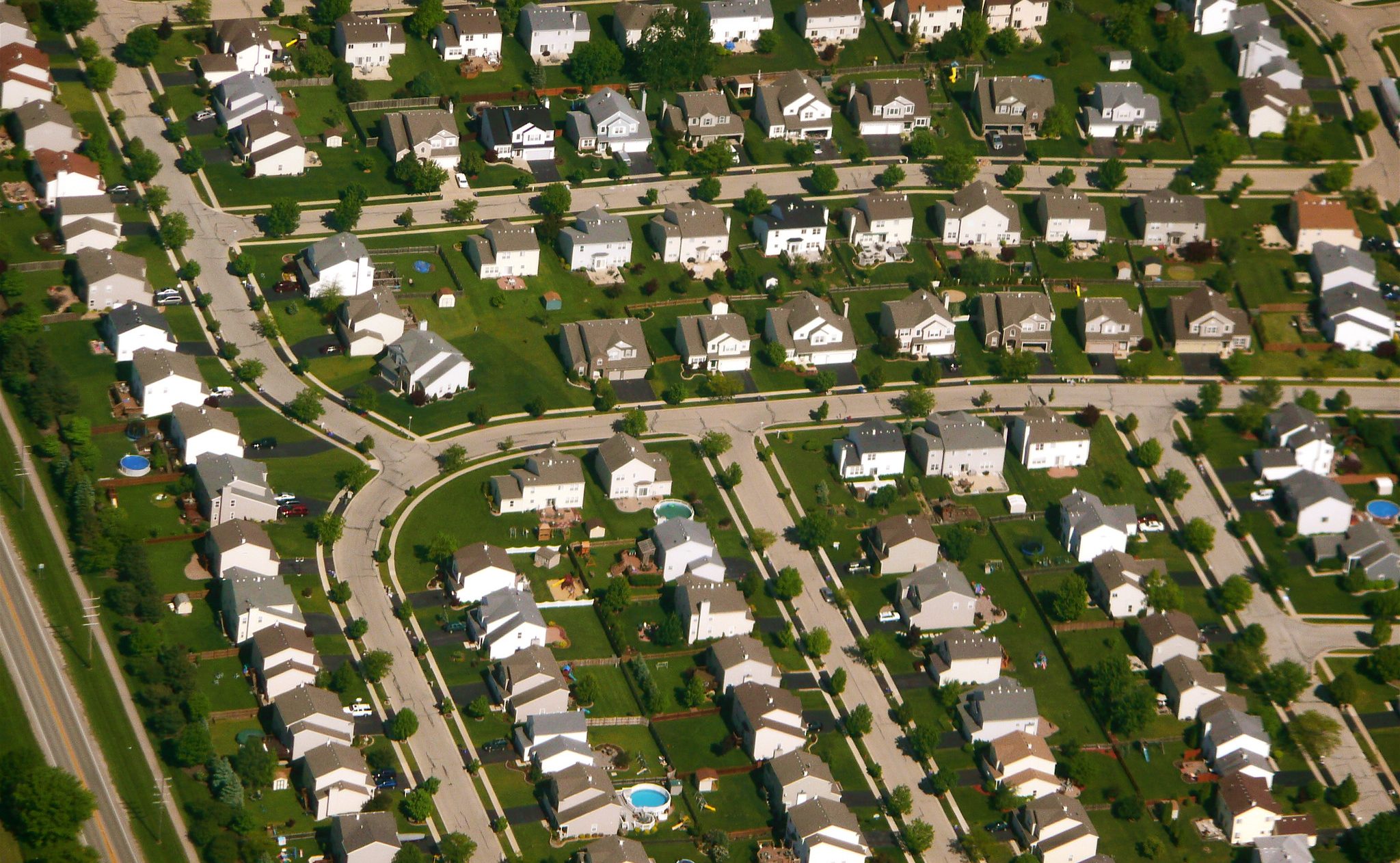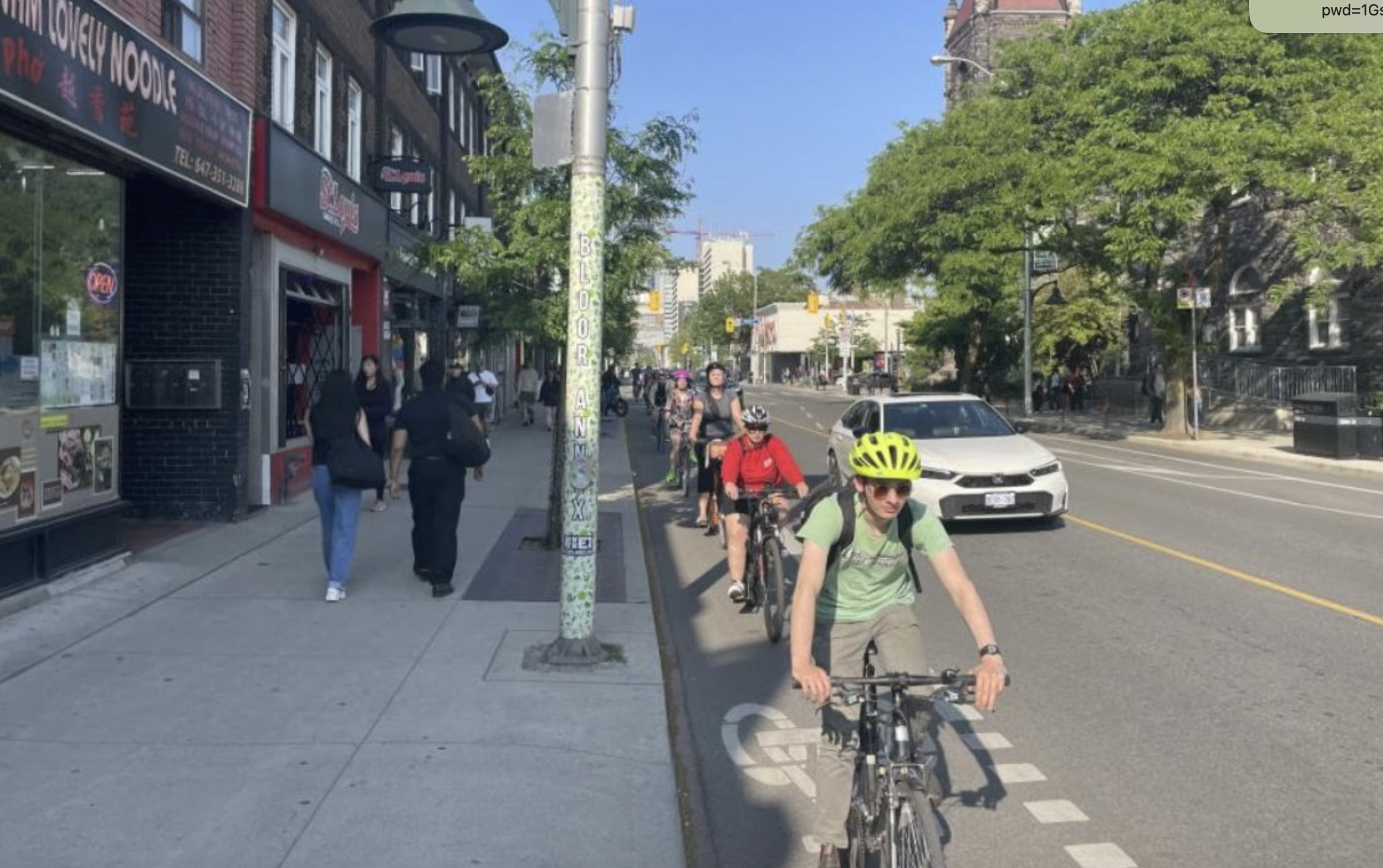
The advocates at 1000 Friends of Wisconsin recently completed a report [PDF] evaluating the Cheese State's traffic projections. The organization compared actual traffic levels with Wisconsin DOT projections on 11 highways where the state has proposed adding lanes. The total cost of the proposed expansions is $3 billion.
The report found that the state's professional traffic modelers are, to put it nicely, off -- way, way off. Here's an excerpt:
Our analysis indicated that in every single case, WISDOT based the need and purpose of the highway expansion project on projected trends that were much higher than that of the last decade. The average difference in projected trends, after removing outliers was 73%. In most cases WISDOT projected annual growth rates of over 2%, while most corridors in the study saw either negative or no growth.
We found that, after removing for outliers, WISDOT projected an average growth rate of 2.96% annually, while in reality, traffic declined, on average 0.55% annually. In the case of Wisconsin 241 in Milwaukee, WISDOT projects a bizarre 12% annual rate of growth – leading to a 1328% difference in projected trends.
On average, after removing for outliers, WISDOT predicted that by 2040, or the closest design year there would be an average of 63% growth in traffic.
It also appears that in many cases highway capacity expansion is added to projects making them far more expensive, when reconstruction or rehabilitation would have sufficed.
The findings of the study point to flaws in WISDOT methodology and raise questions about how the state is choosing to spend its scarce transportation resources. Continuing to expand highways that are likely to be underused at the expense of other transportation modes will leave the state with an inadequate transportation system that does not serve the needs of all users.
Elsewhere on the Network today: Better Cities & Towns! profiles Michigan's new Director of Placemaking. And Jarrett Walker at Human Transit and Richard Layman at Rebuilding Place in the Urban Space offer their takes on David Alpert's defense of streetcars in CityLab.






